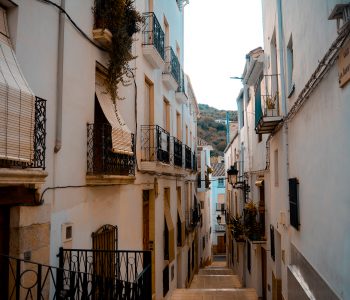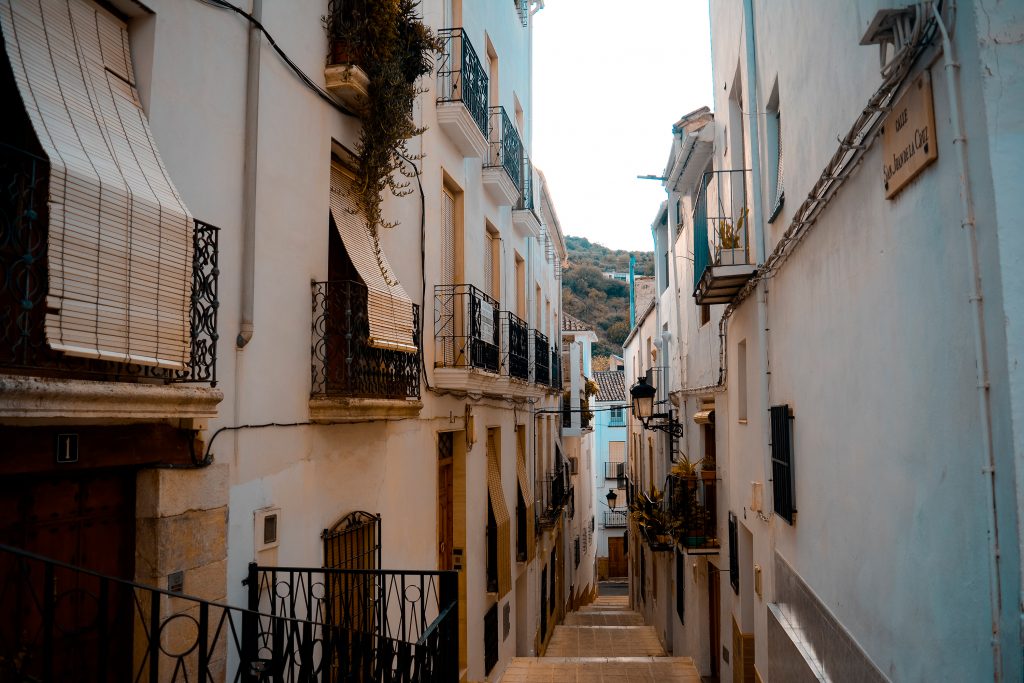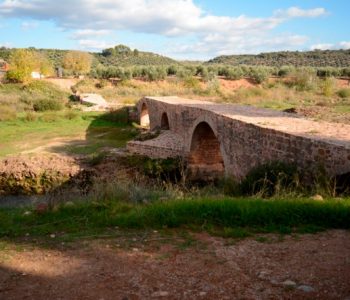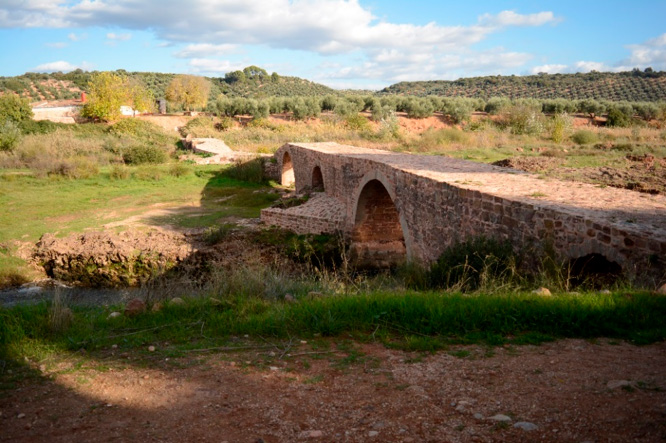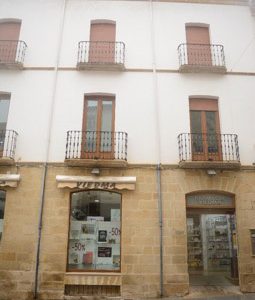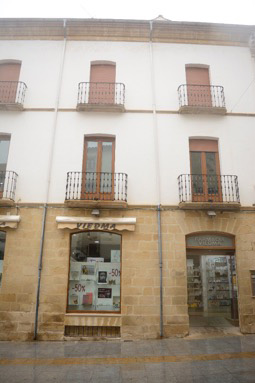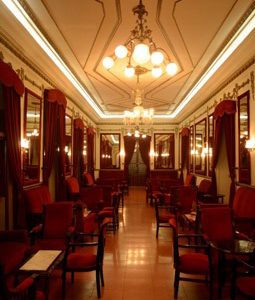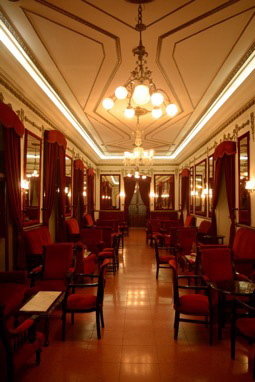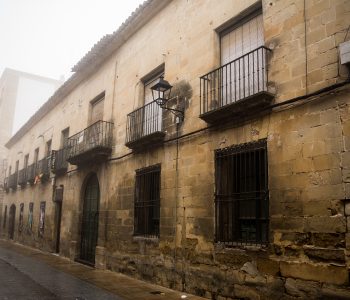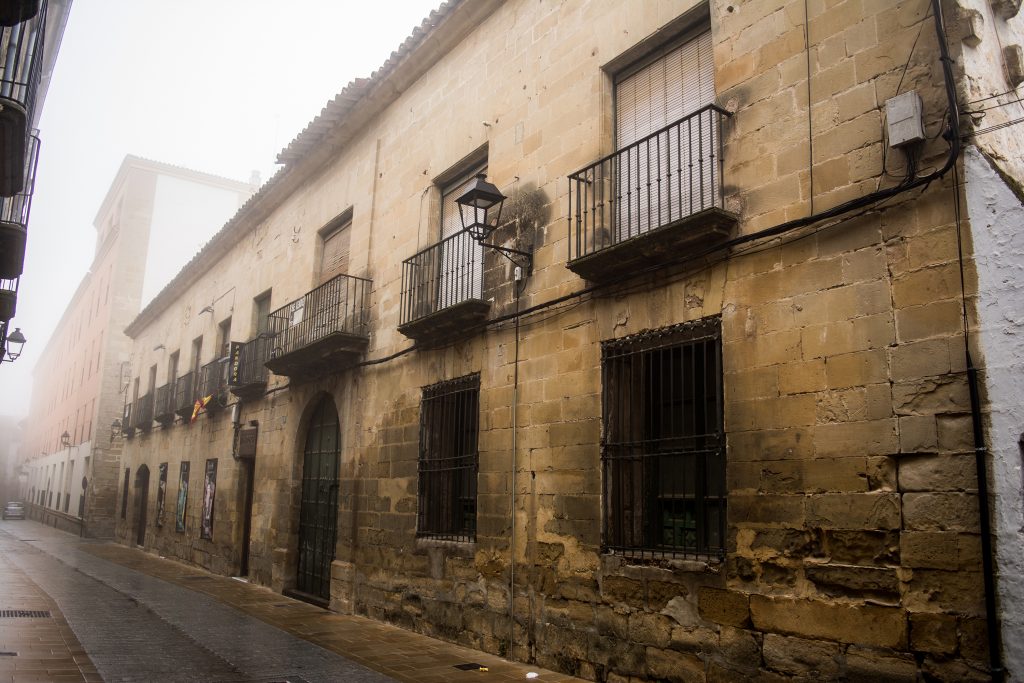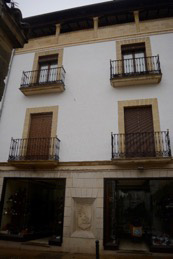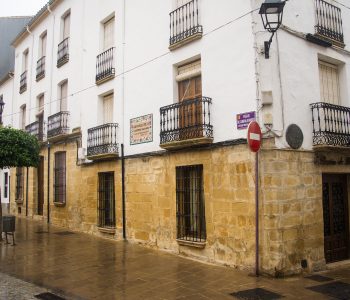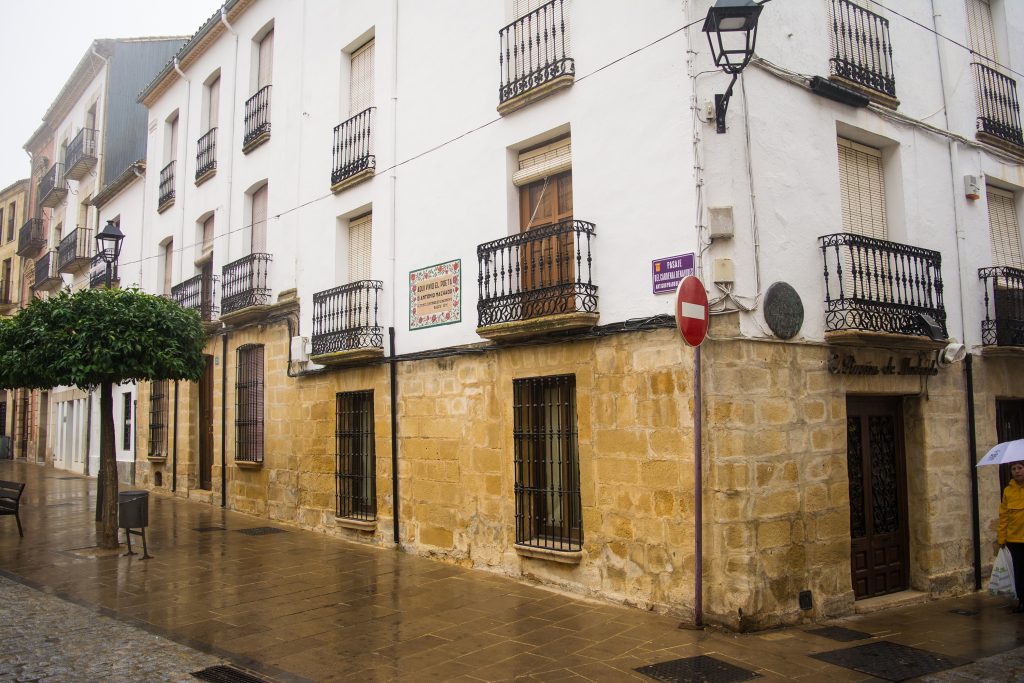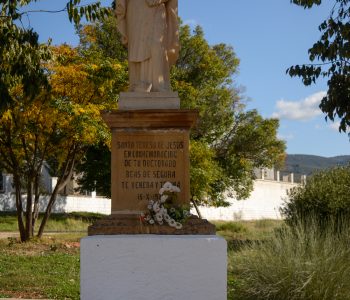
La Ventilla de Beas
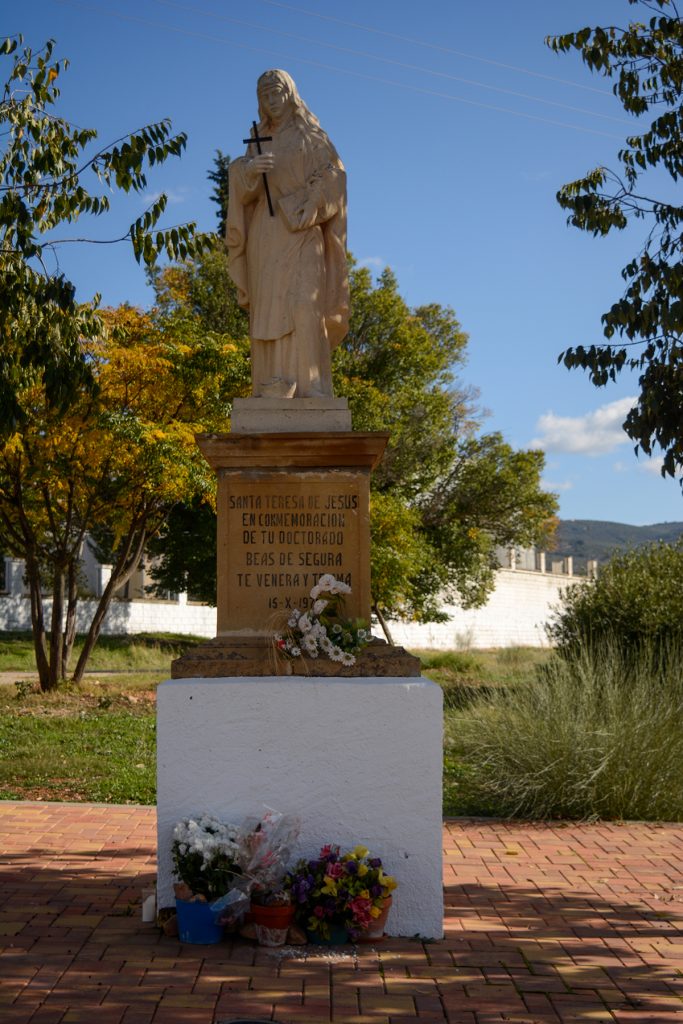
Ventilla de Beas is where the people of Beas de Segura waited and received, with great joy, the delegation of Saint Teresa of Jesus to accompany them to the place of the foundation.
The procession reached Beas de Segura along the royal road, currently the A-6301 road, along the right bank of the Beas river, without crossing it. La Ventilla de Beas was about two kilometers from the town, owned by a brother of the foundation’s promoters, Doña Catalina Godínez and Doña María de Sandoval, and the junction of the Beas road with the royal road.
So this is the place the official reception and many other locals waited for the Saint’s entourage to accompany them to the place where the future foundation would be located:
(…) “The people received them with great solemnity and joy. In general, the happiness was overwhelming; even the children showed conscience of the work of our Lord. ” (…)
Foundations Book. Chapter 22. 19.
La Ventilla de Beas still stands, though with no activity and refurbished in great part. Likewise, there is also a monument made by the artist Constantino Unguetti in 1970 in memory of Saint Teresa of Jesus.
You can recreate yourself in this Teresian place and pay tribute to the existing monument in memory of Saint Teresa of Jesus.


